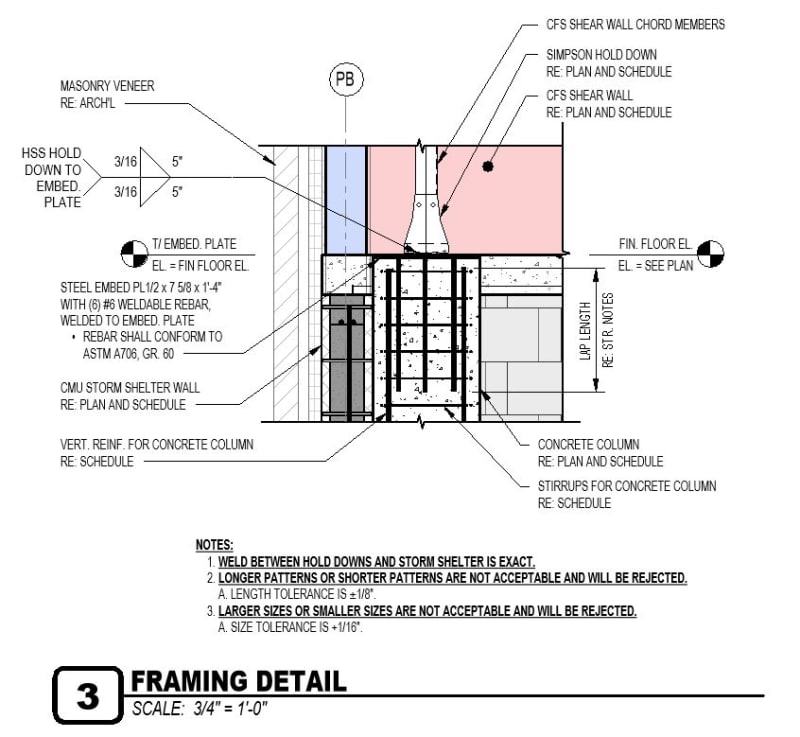WesternJeb
Structural
- Sep 14, 2023
- 270
Is anyone aware of a material over-strength factor for 70 ksi welding rods? Something similar to how ASTM A992 steel has an Ry = 1.1 and Rt = 1.1 that is published in AISC 341 but I can't find anything on welding rods.
I am needing to design a component to withstand the full strength of a weld to failure and want to make sure that I am including any material overstrength.
I am needing to design a component to withstand the full strength of a weld to failure and want to make sure that I am including any material overstrength.

